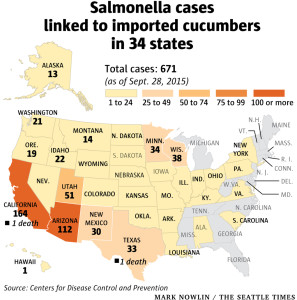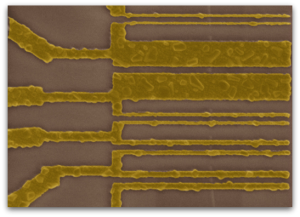When examining climate change and energy conservation, minds often tend toward large-scale grid technologies. While solar technologies and energy storage systems are big end goals, researcher from Iowa State University state that there are intermittent steps that should be considered.
“Many people consider energy efficiency to be the low-hanging fruit,” says Yu Wang, who studies global energy policy and energy efficiency at Iowa State University. “If you’re facing the target of trying to mitigate climate change, energy efficiency should be the first choice because it’s cheap and easy in comparison with other options.”
Importance of Energy Conservation
For Wang and others, replacing old incandescent bulbs with LED lighting is an important step in energy conservation. While it may seem like a move this small would have no impact on the overall energy consumption of the country, Wang and other researchers estimate the swap could yield an electrical savings of 10.2 percent by 2035.
Another step toward a more energy efficiency society deals with policy at all levels.
“In general [the future of renewable energy] is really up to the politicians to change the energy infrastructure,” says John A. Turner, National Renewable Energy Laboratory. “We have pretty much all the technologies we need. We certainly need to be able to upscale them and get things cheaper, but the issue is how do you replace an essentially established infrastructure with a new one? You need political support.”
(more…)






